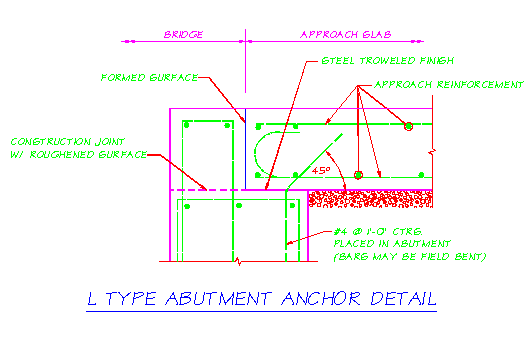ScratchyFilm
Structural
I have a seen a few different orientations for a slab on grade and its connection into a foundation wall. Is there a more correct way to do it? Specifically for something like a generator or small building station, my thought would be to use the 1st orientation with L-bars to tie everything together, but I have seen some details of the other two as well. Thoughts?


![[pipe] [pipe] [pipe]](/data/assets/smilies/pipe.gif)